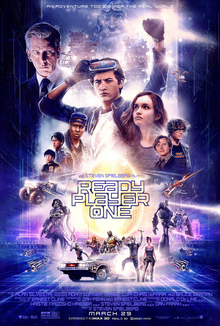
It seems to be reacting: almost like it knows it’s being observed. Clinical psychologist Chris Kelvin (George Clooney) is hired by the DBA corporation to investigate the unexplained behavior of key scientists (including Viola Davis and Jeremy Davies) on space station Prometheus orbiting the planet Solaris. They are traumatised by a phenomenon which appears to have caused the suicide of his friend Dr Gibarian (Ulrich Tukur). Once aboard he too falls victim to this unique world’s mysteries as well as to an erotic obsession with someone he thought he had left behind, his late wife Rheya (Natascha McElhone) who appears beyond his dreams. Are the remaining crew crazy? Is he?... Who is it? What is it? Does it feel? Can it touch? Does it speak? Stanislaw Lem’s classic novel was adapted for Soviet TV in 1968; and then in 1972 to acclaim by the great Andrei Tarkovsky. Therefore it would appear at first glance to be rather unnecessary for an American auteur filmmaker (Steven Soderbergh shot and edited this too) to take on an unoriginal project and remake an acknowledged classic of world cinema. The additions to Lem’s and Tarkovsky’s narratives take the form of flashbacks, creating a tapestry of memories – real and otherwise. It establishes the parameters of Chris’ beliefs, upholstering his character and clarifying the nature of his obsession, building towards a solution for his guilt and a hope of redemption via virtual reality. It’s beautifully designed and looks splendid but somehow it’s hard to care beyond the immediate attractions. Cleverly constructed to form a logical continuum between time, space and memory, it lacks the mystery of really great sci fi in which the universal and the personal become interwoven to the point of being indistinguishable so it’s ironic that despite this being the narrative’s overt theme, it never really lifts off, even if it’s half the length of Tarkovsky’s inimitable and admittedly ponderous version. Produced by James Cameron.

